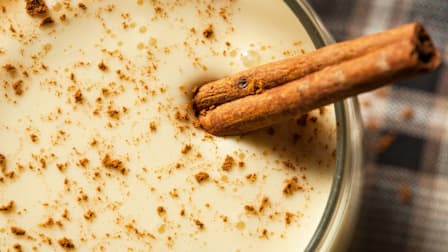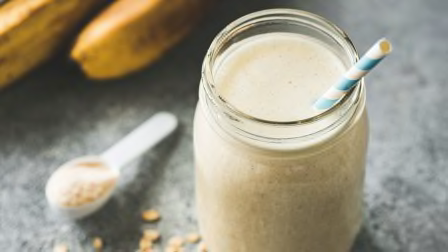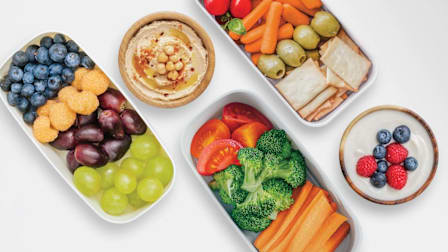What Is Kefir—and Is It Good for You?
This fermented dairy drink can boost gut health and more

For several years now, foods that are said to promote gut health have been wildly popular. You see probiotic-enhanced almonds, apricots, chocolate, fruit juice, snack bars, soft drinks, and more on store shelves. But if you really want to do something for your digestive system—and your overall health—why not try one of the original gut-friendly foods: kefir.
What Is Kefir?
Kefir (pronounced kuh-FEER)—yogurt’s tangier, sometimes fizzy cousin with the creamy consistency of a yogurt drink—has been around for thousands of years. It’s made from cow or goat milk and live cultures that are called “kefir grains,” which look grainlike but are in fact clumps of gel-like microbes composed of bacteria and yeast. Milk is poured over the grains, which can be reused indefinitely. The kefir grains ferment the natural sugar in the milk, called lactose, and 24 hours later you have the milk-based drink.
Like yogurt, kefir has very little to no lactose, so it may be suitable for people who have lactose intolerance and experience gas, bloating, and diarrhea after eating or drinking dairy products.
The Benefits of Kefir's Probiotics
Many fermented foods have healthy probiotic bacteria. “Most people know that yogurt contains good-for-you bacteria,” says Consumer Reports nutritionist Amy Keating, RD. “But it is only required to have two bacterial strains,” although some yogurts have more. Kefir can have upward of 50 yeast and bacteria strains, some sources suggest. “You don’t need to replace yogurt, but kefir is a great addition to the diet because it has a higher and more diverse probiotic bacteria content,” Keating says.
Kefir Nutrition
Kefir’s nutrition is very similar to that of yogurt, supplying protein and calcium. The nutrient amounts vary slightly from brand to brand, but one cup of Lifeway Plain Lowfat Kefir has 110 calories, 11 grams of protein (22 percent of the daily value), 2 grams fat, 1.5 grams saturated fat, 9 grams carbs, 0 grams added sugars, and 390 mg calcium (30 percent of the DV).
It’s best to choose an unflavored kefir. “One thing I would recommend right off the bat is a plain flavor that isn’t high in [added] sugar,” Everett says. If you want a fruity drink, she suggests putting kefir in a blender with some frozen berries or other fruit. You can also pour kefir over cereal or granola or use it as the liquid in your overnight oats. If you opt for a flavored kefir, look for one that has no more than 6 grams of added sugars.



















